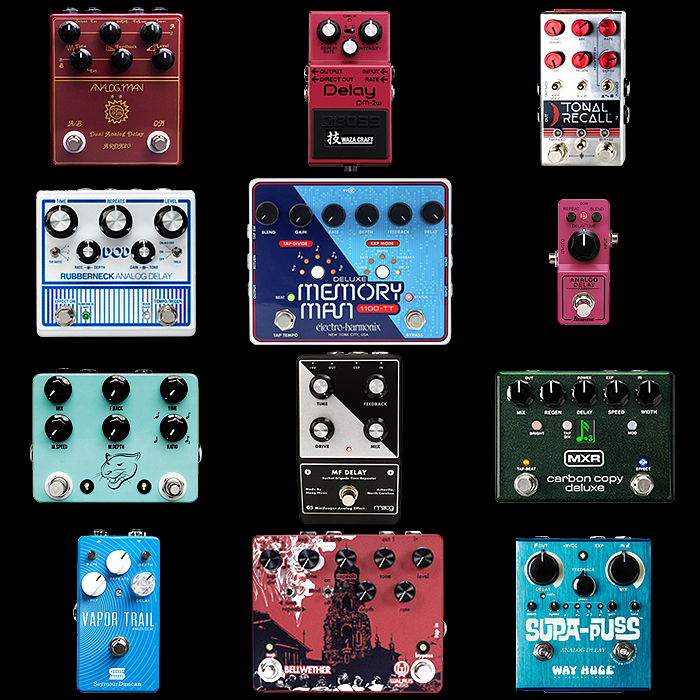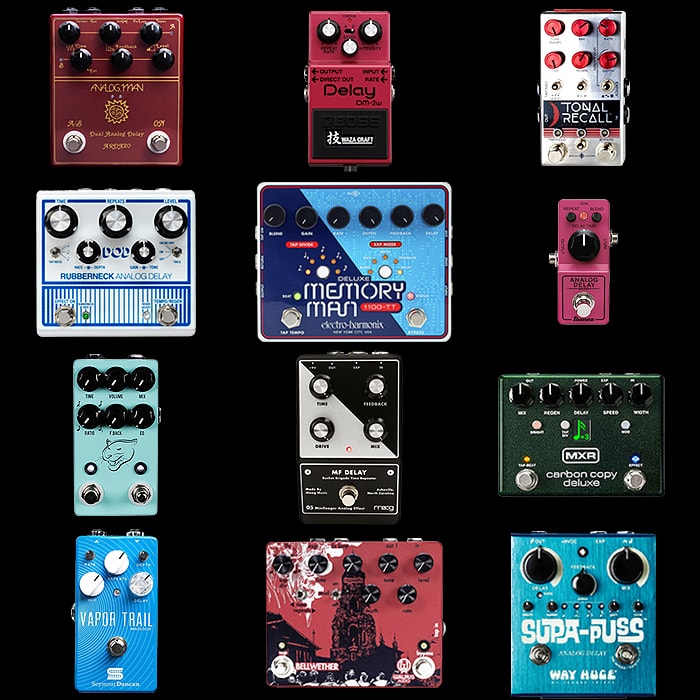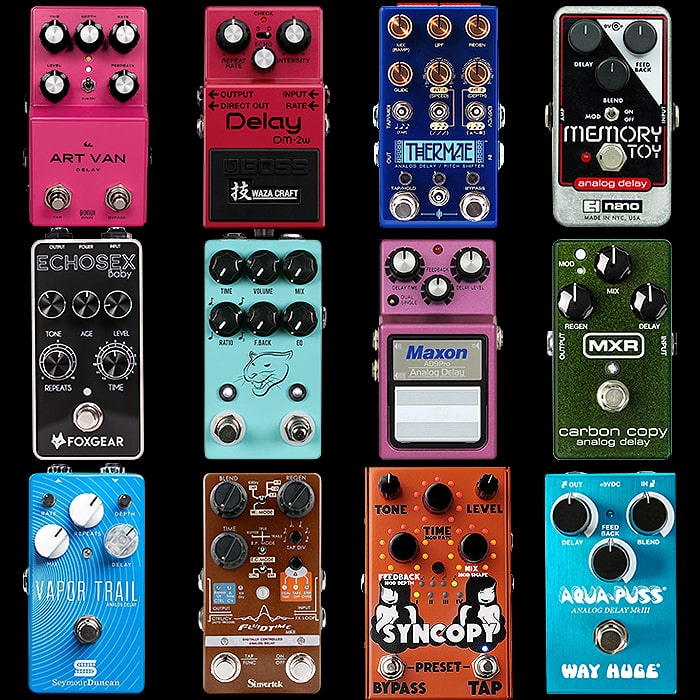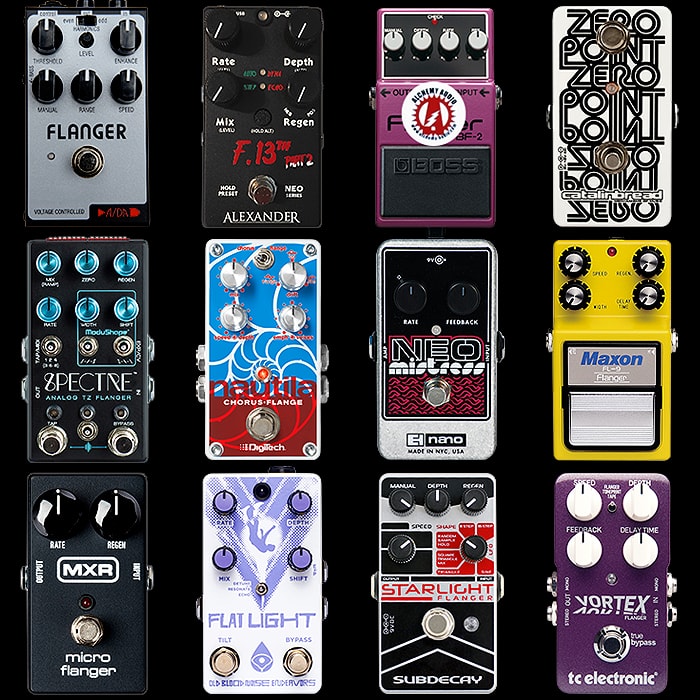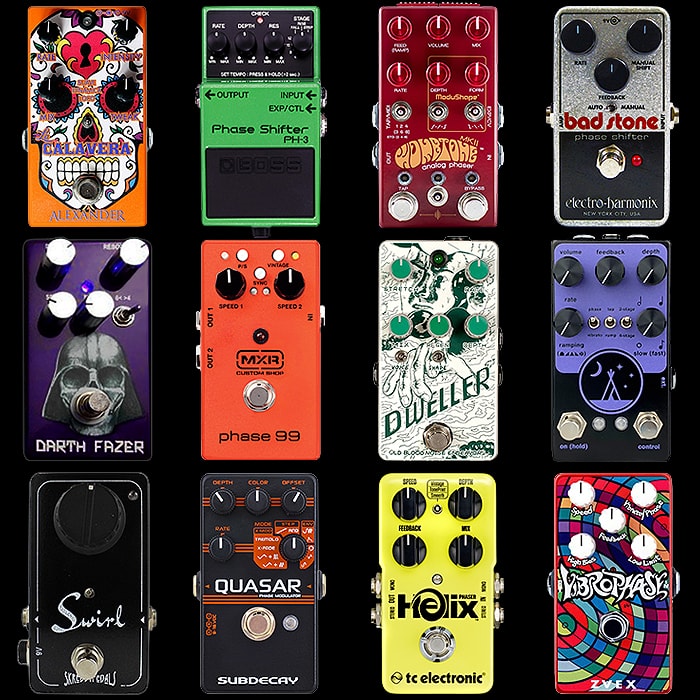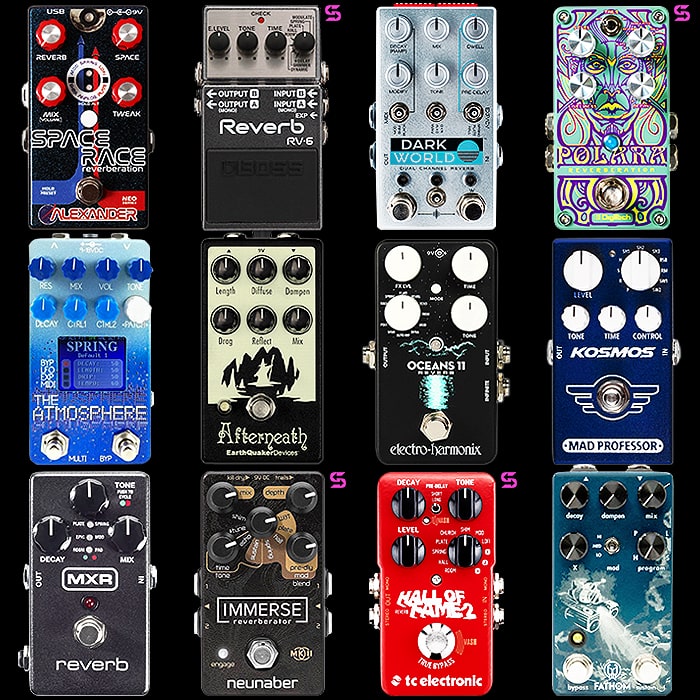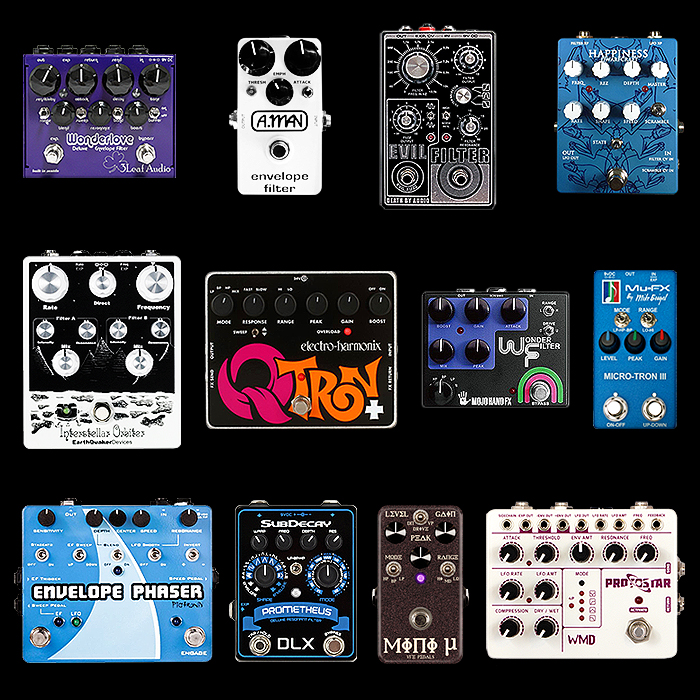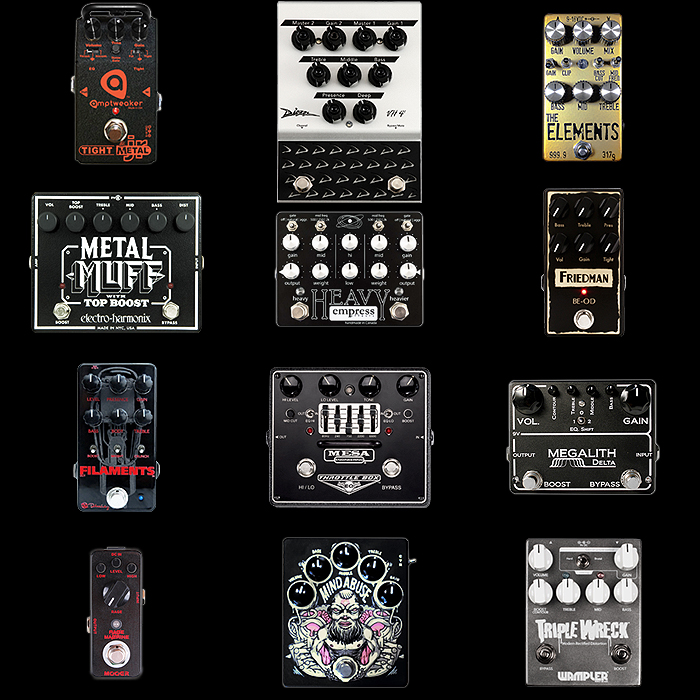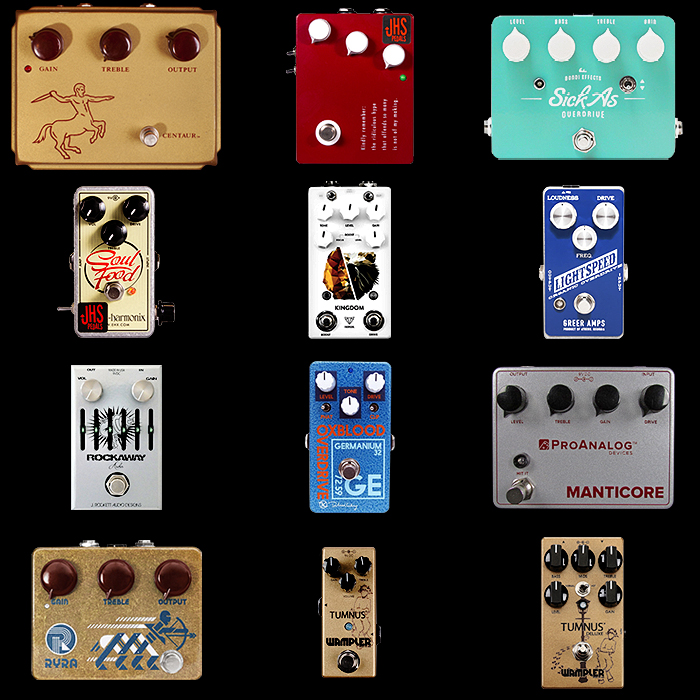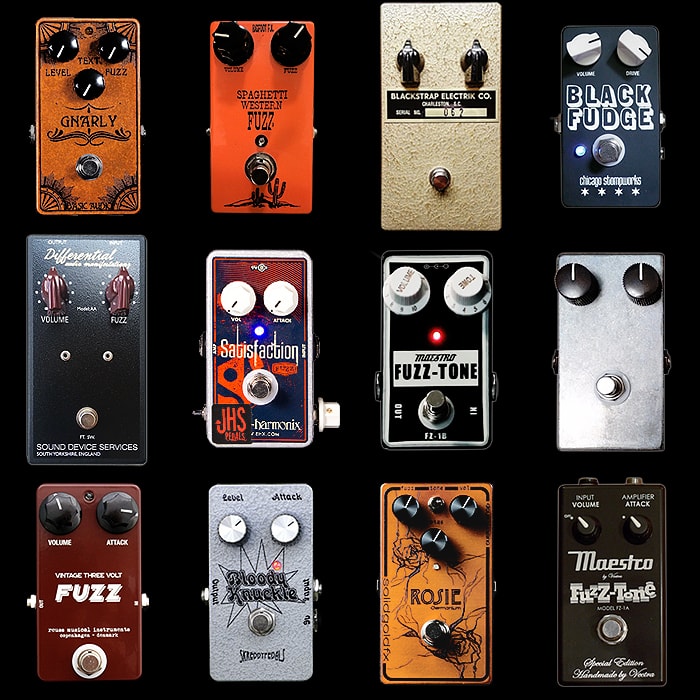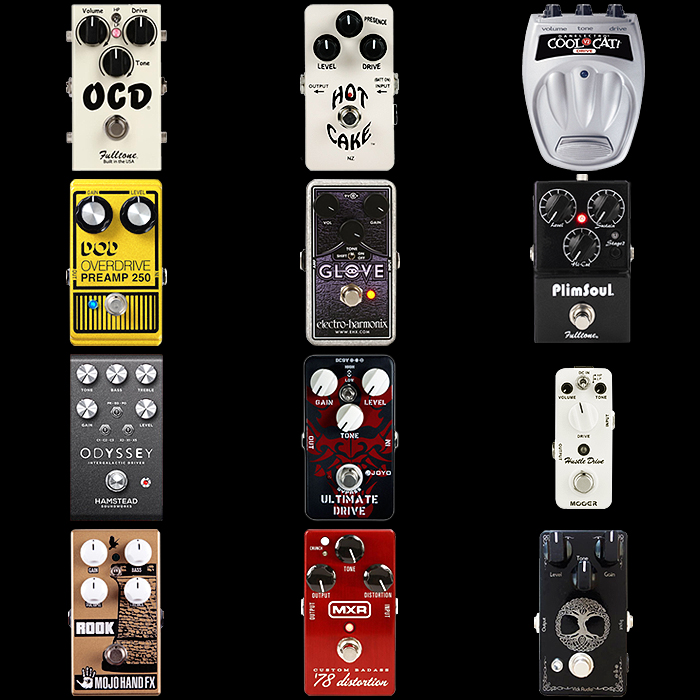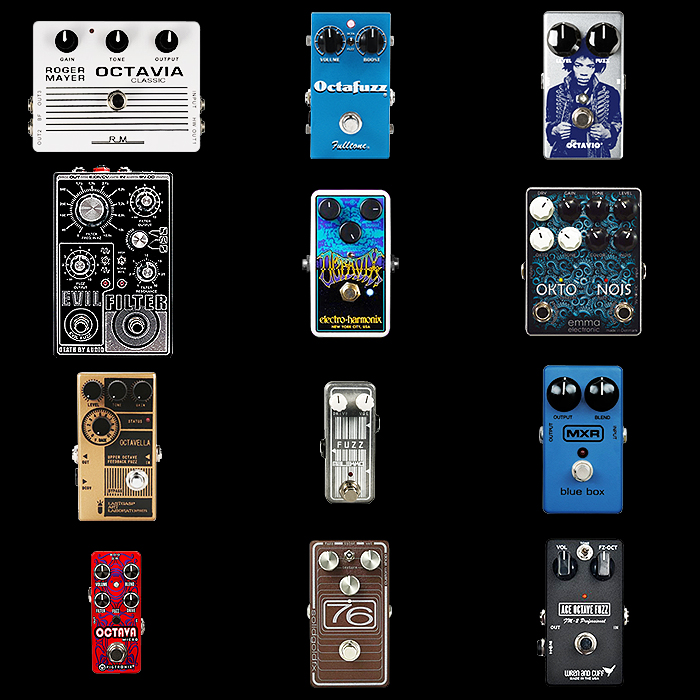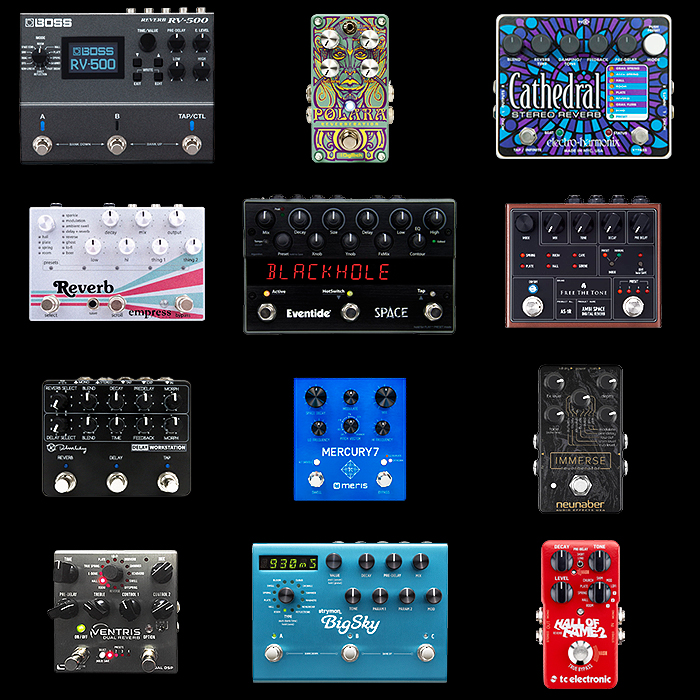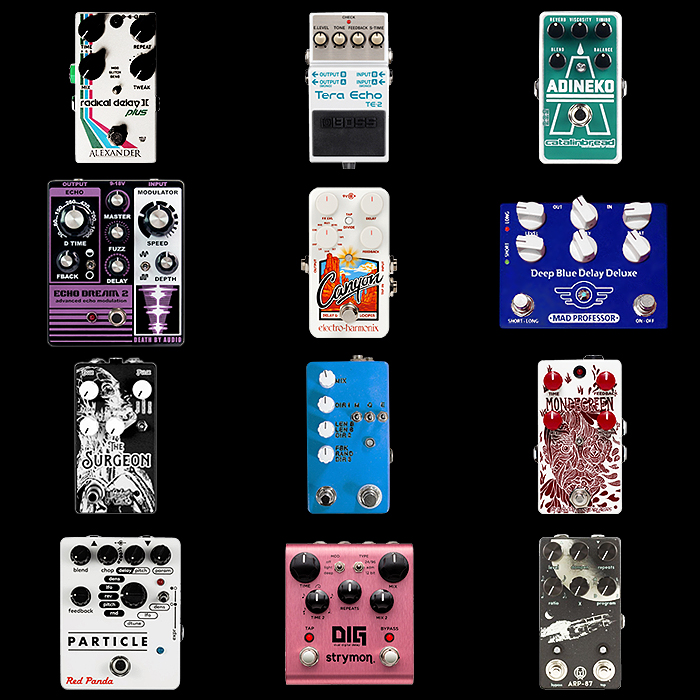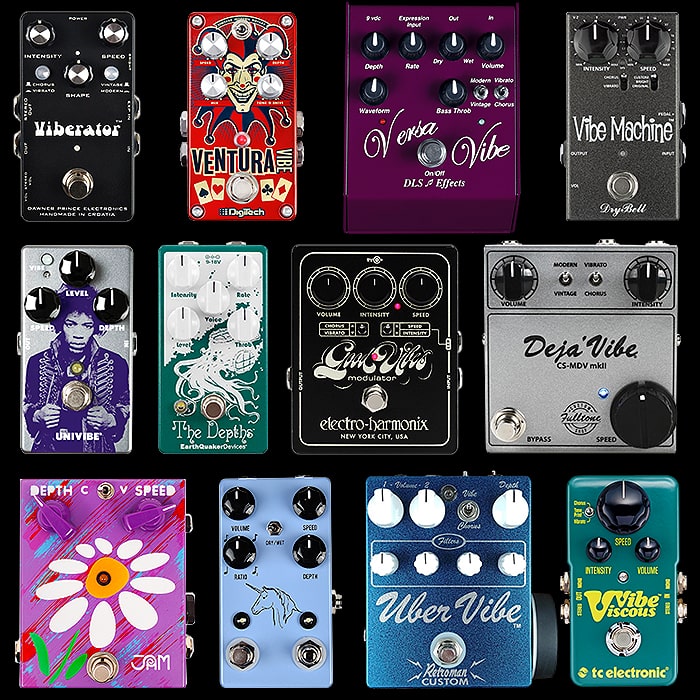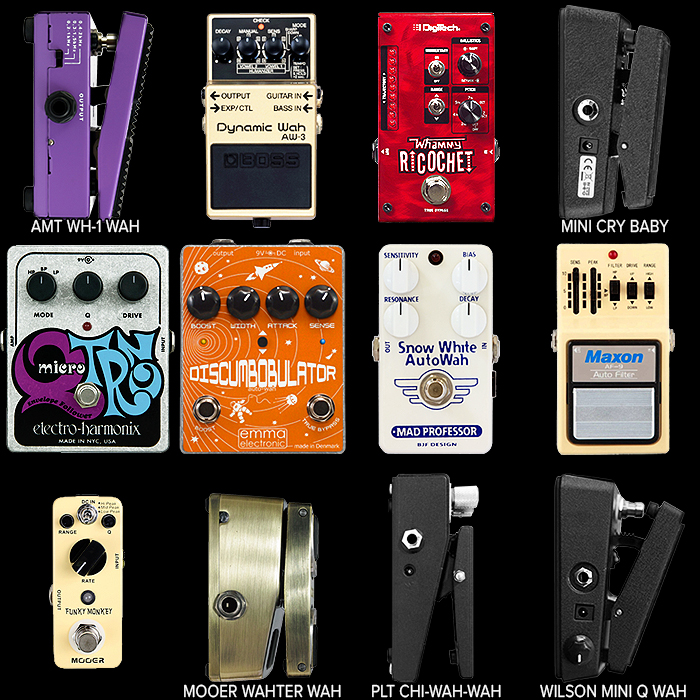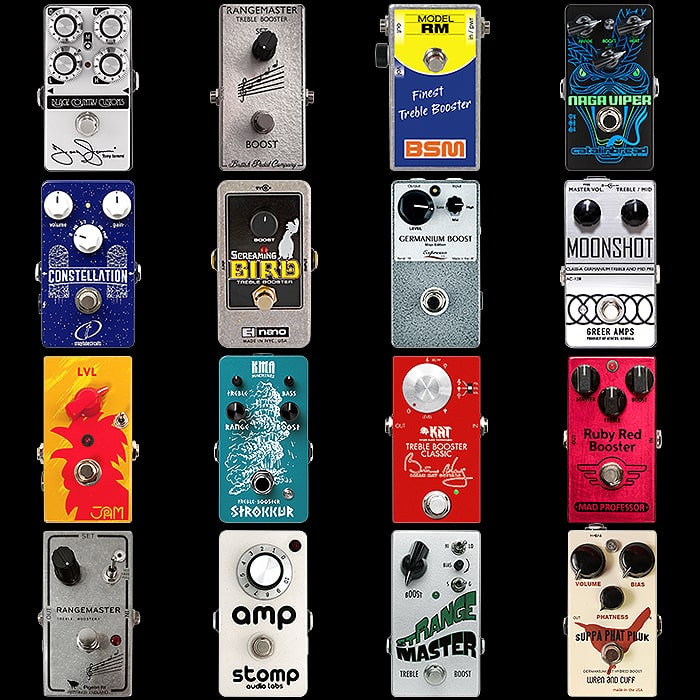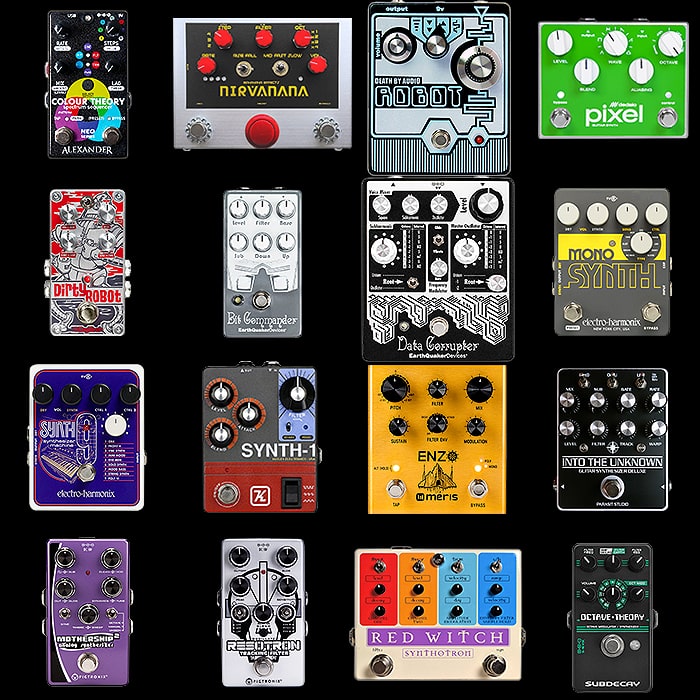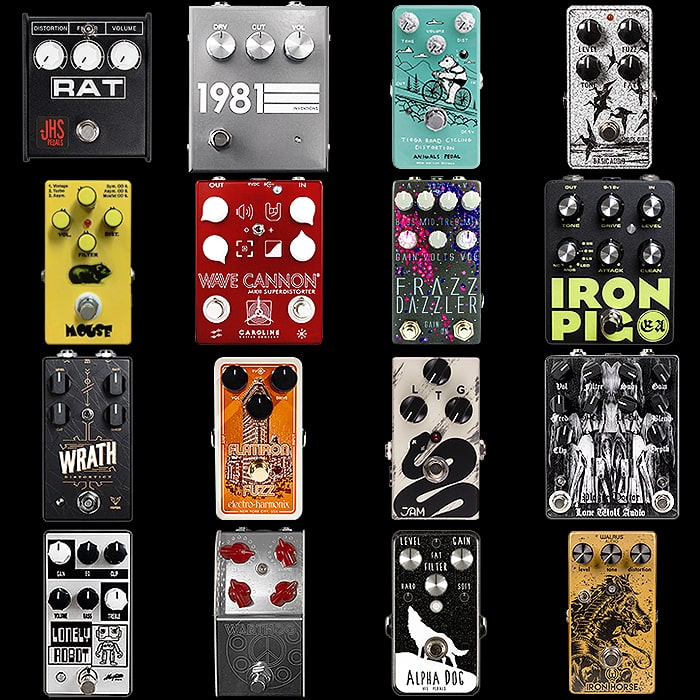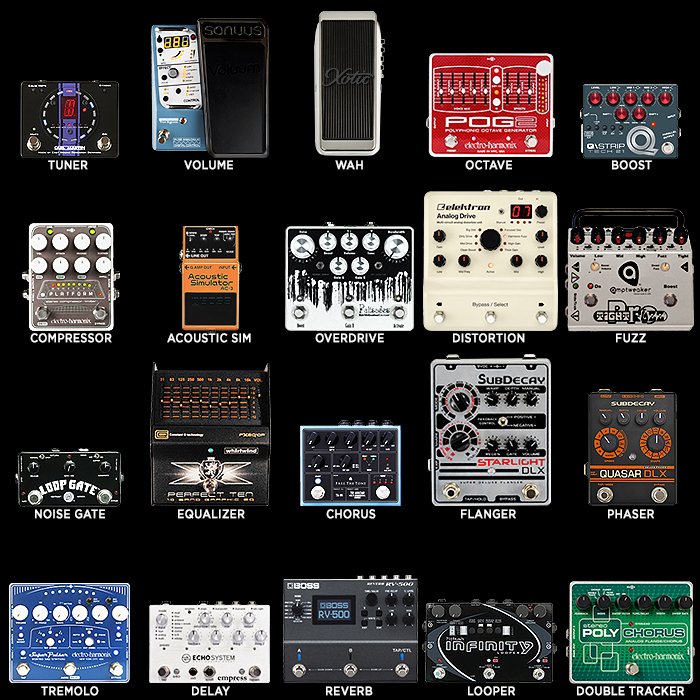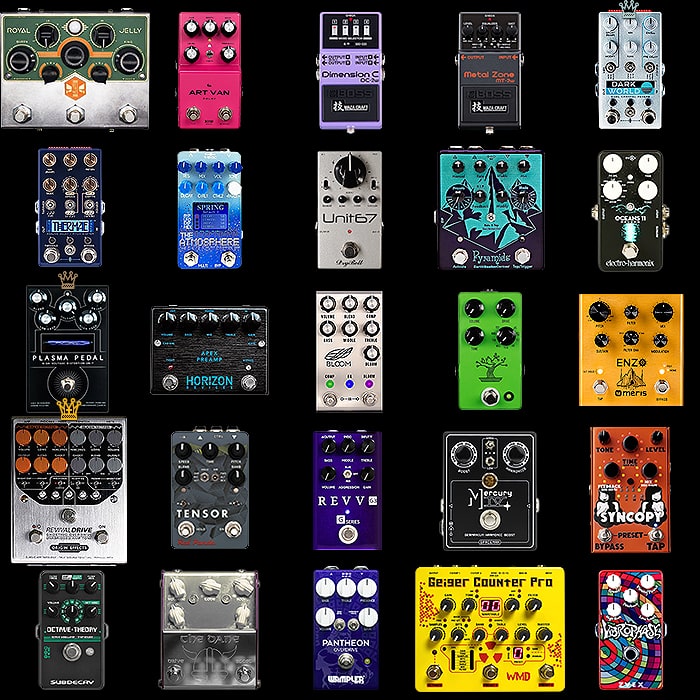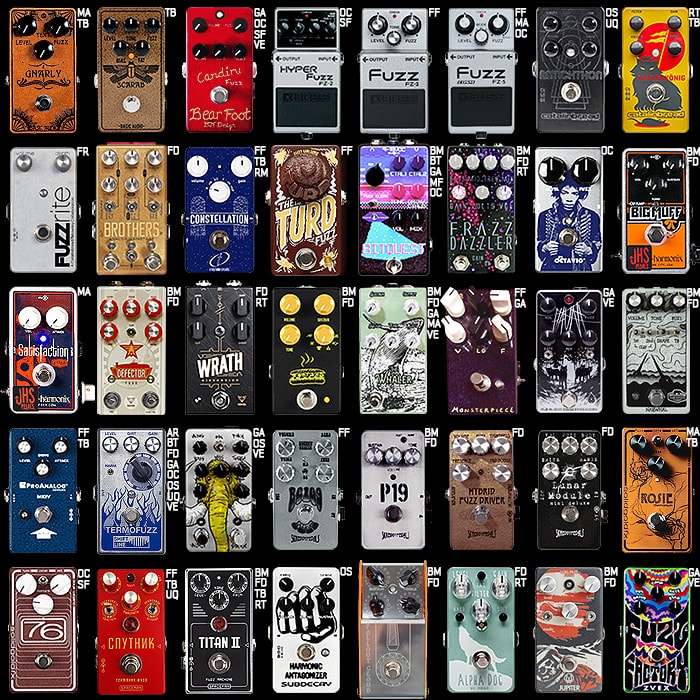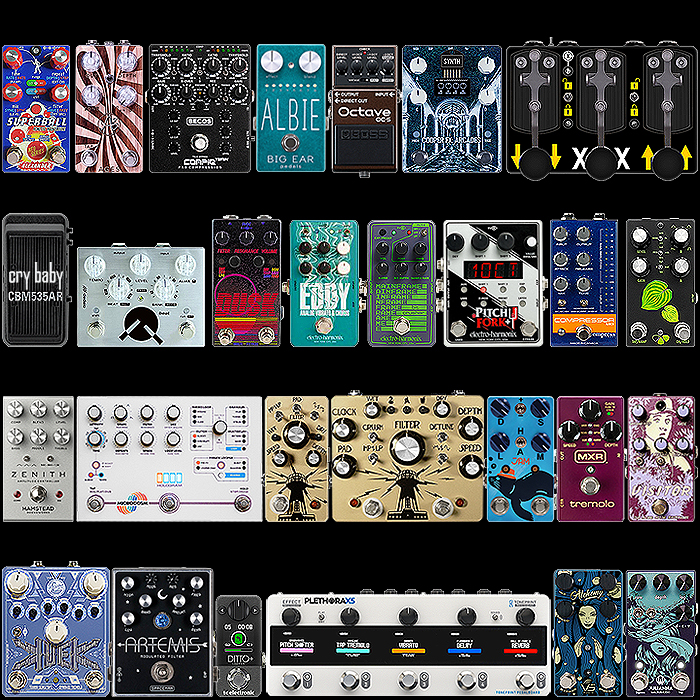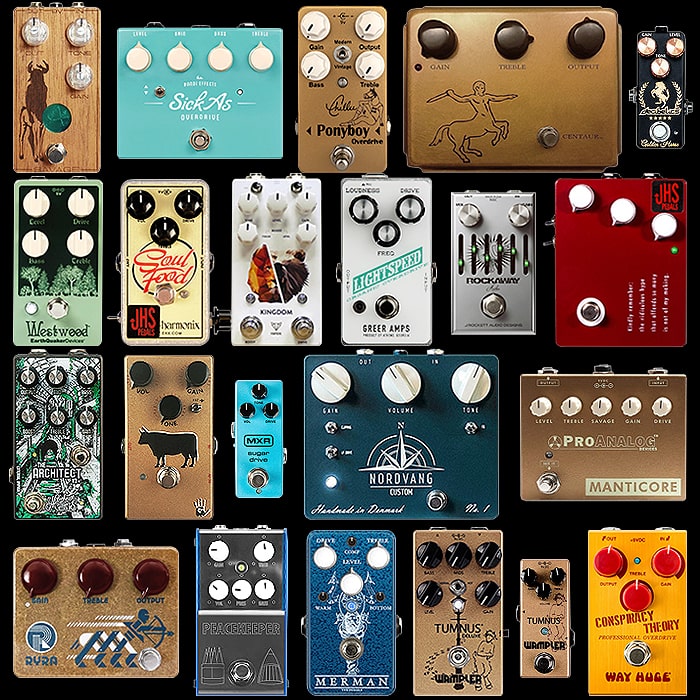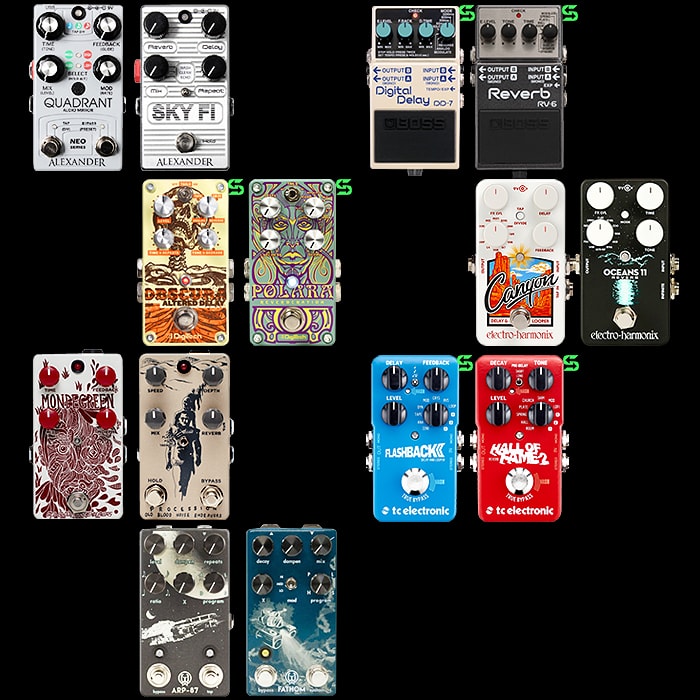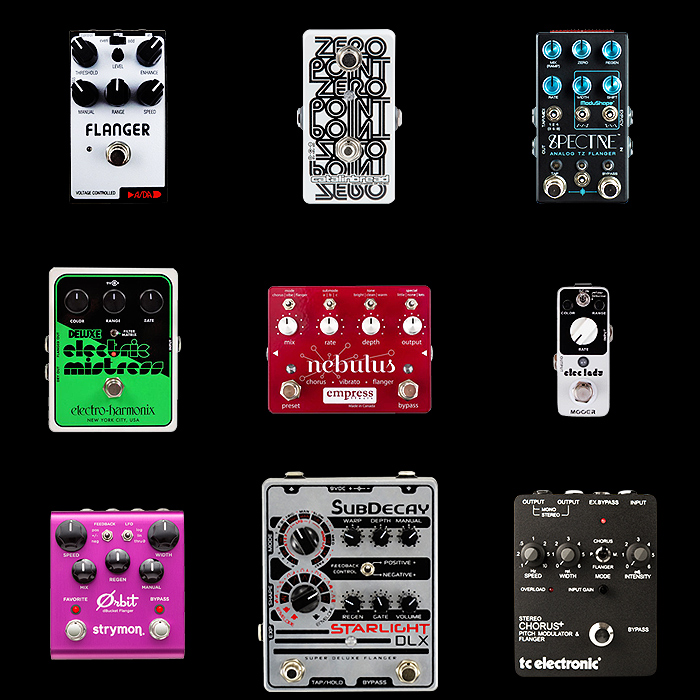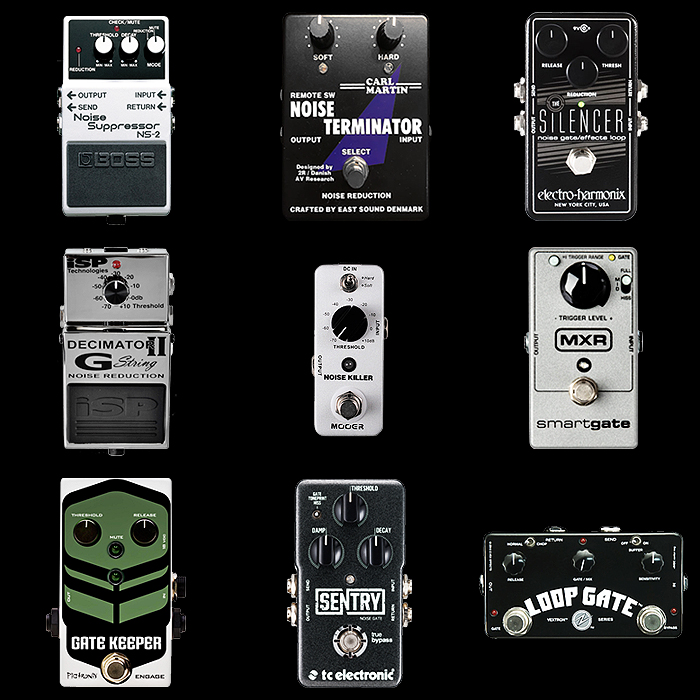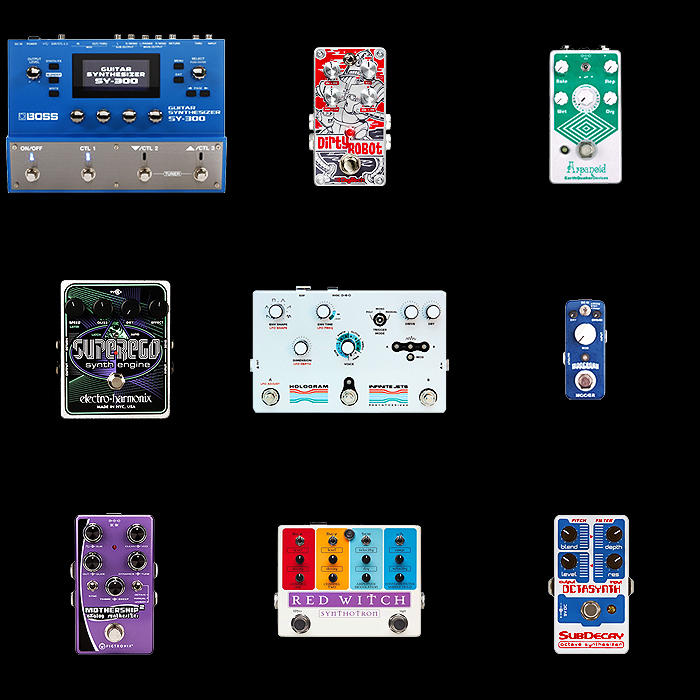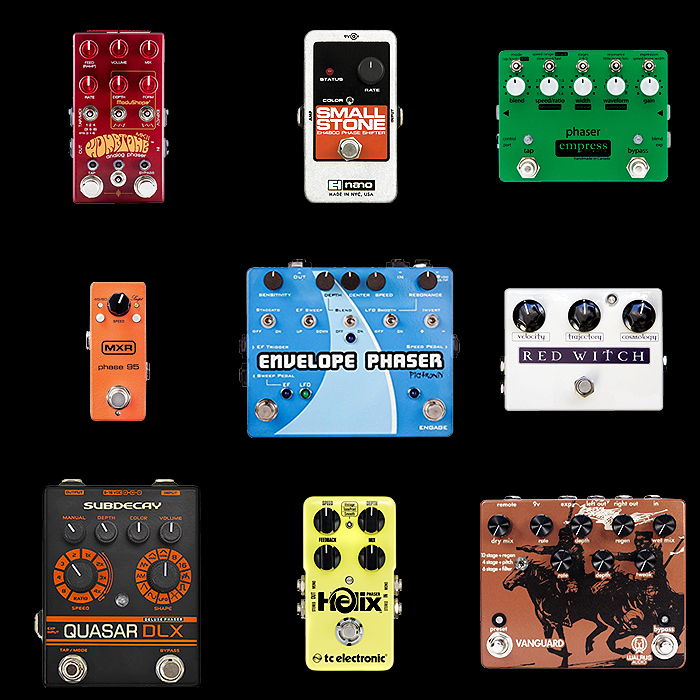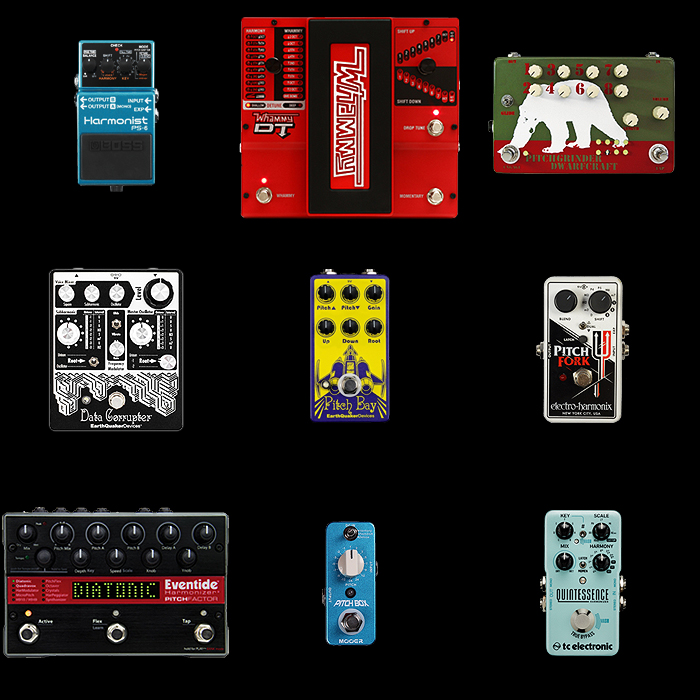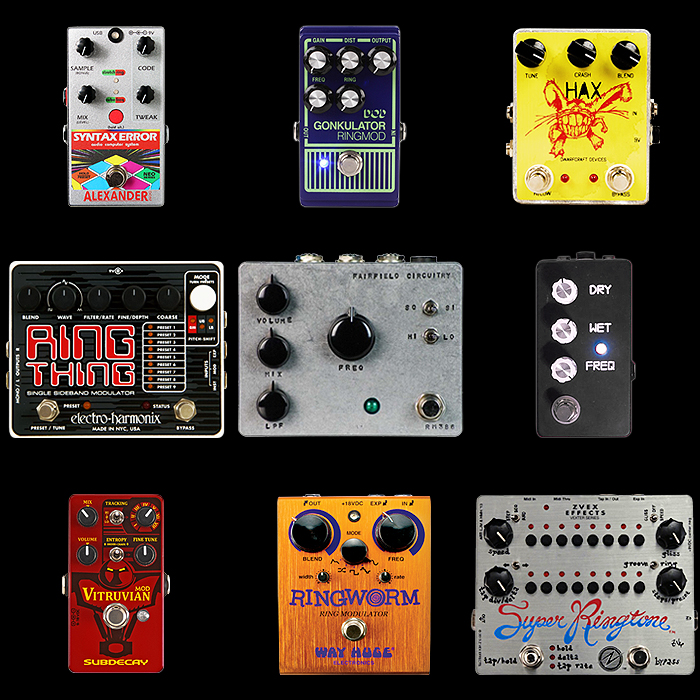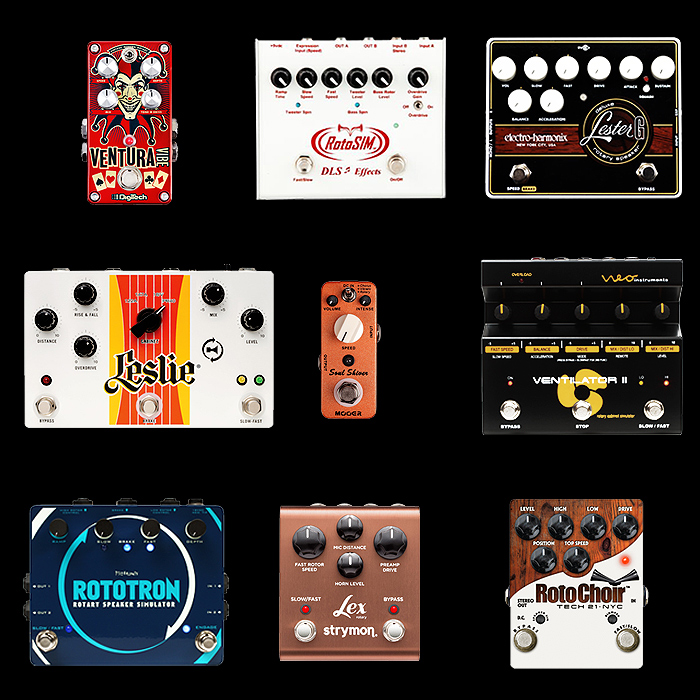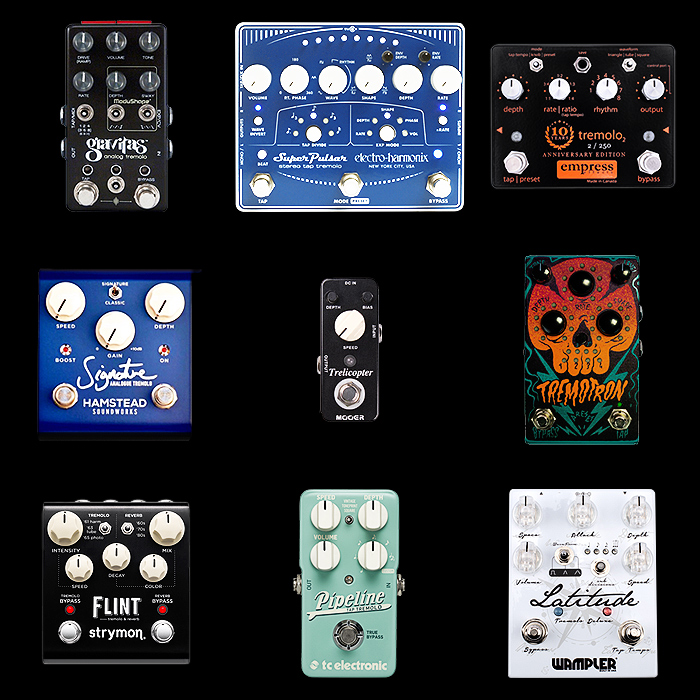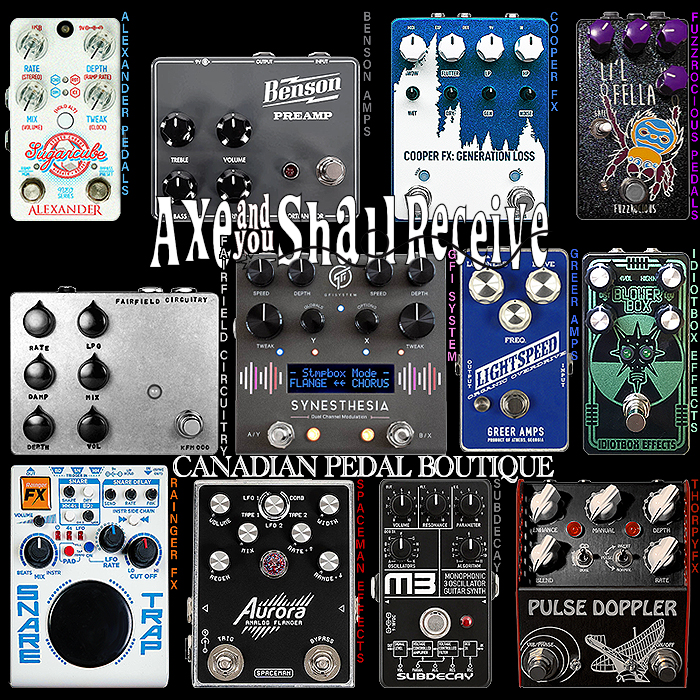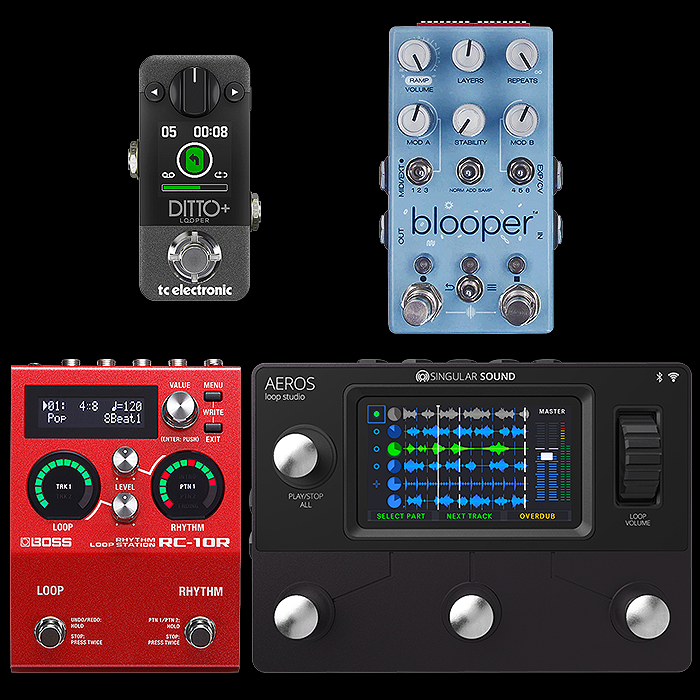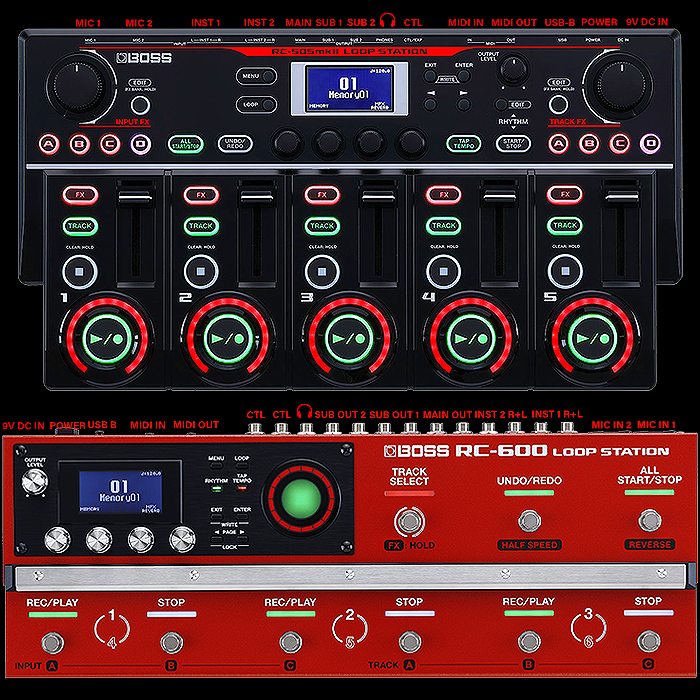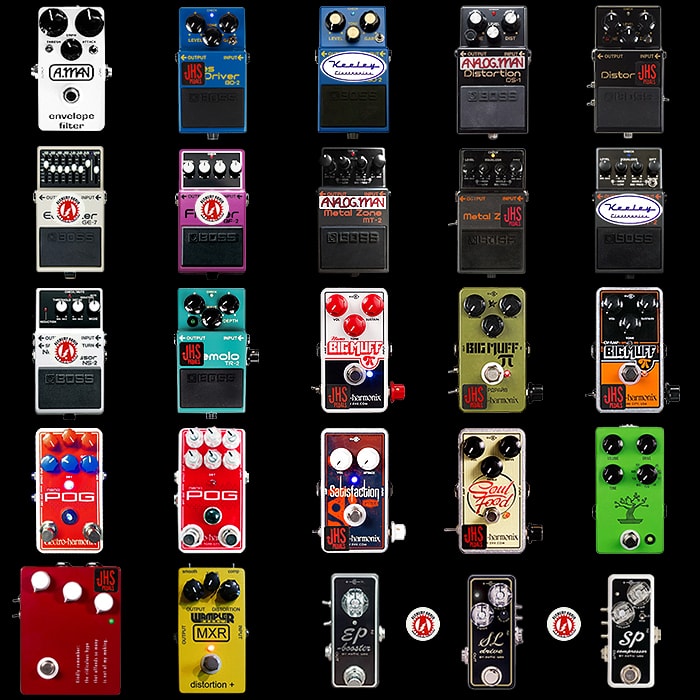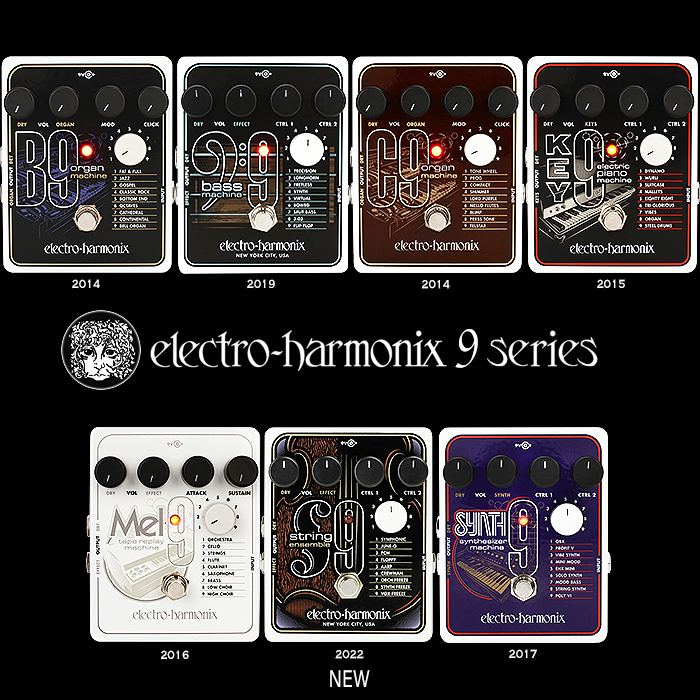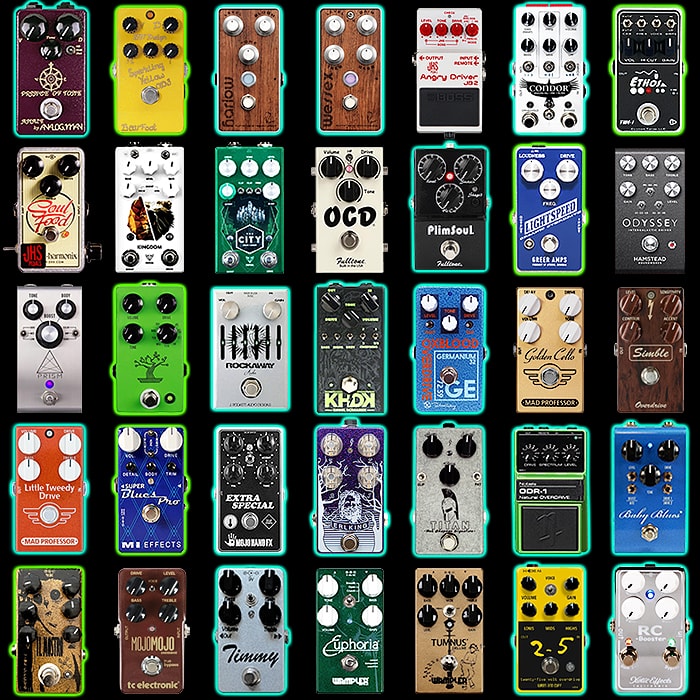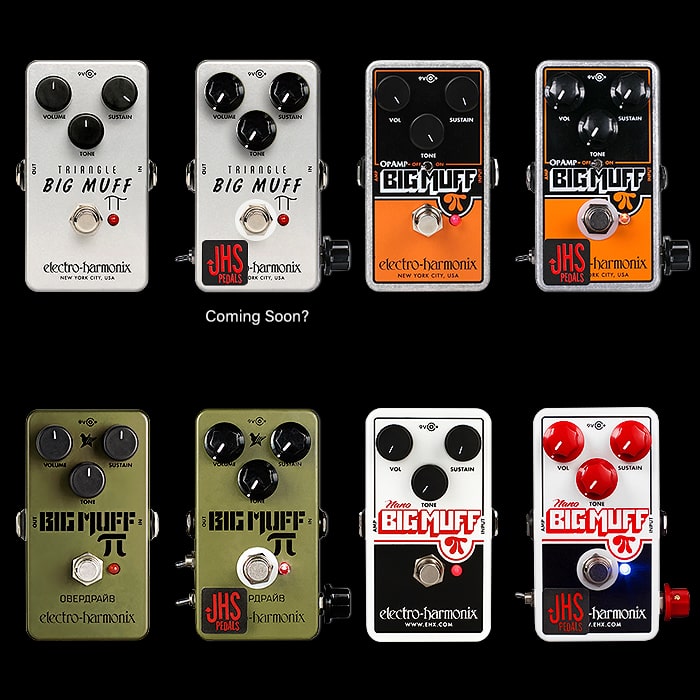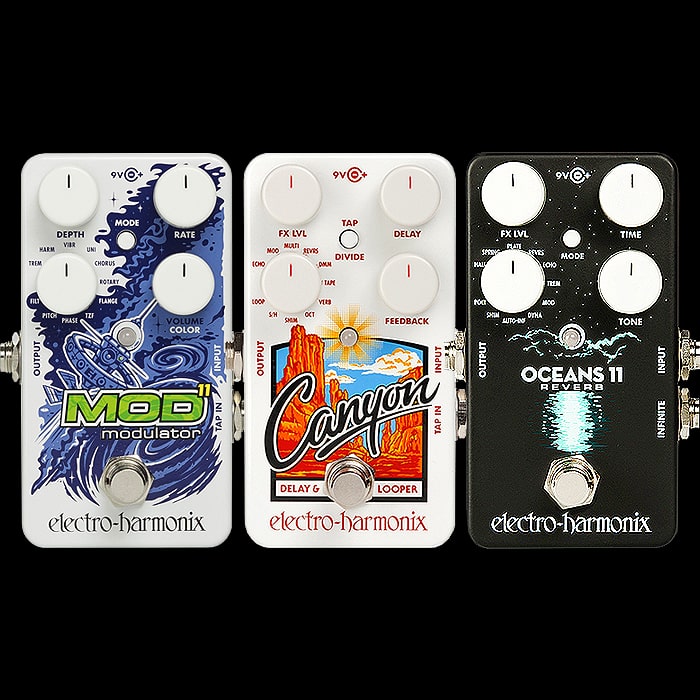Electro-Harmonix Reveals Further Details for its NAMM-featured Pedals

During NAMM there were some product catalogue leaked images for a quartet of forthcoming EHX pedals - the 1440 (Fourteen-Forty) Stereo Looper, Big Muff Pi Hardware Plugin, Pitch Fork+ Polyphonic Pitch Shifter, and Oceans 12 Dual Stereo Reverb. At the time of the event there were little or no proper details available - while these are now filtering through to dealers for pre-orders and have the proper descriptions attached. With the exception of the Big Muffi Pi Hardware Plugin which has still likely more fine-calibration and final tweaks to be applied.
None of these are entirely new pedals - rather they are derivations of existing pedals in the range - the 720 Stereo Looper, Pitch Fork Pitch-Shifter and Oceans 11 Compact Reverb. You can essentially think of these as ’More’ upgrade editions - as each one at least doubles down on the functionality of its predecessor.
The 1440 Looper doubles the loop-time at that enclosure size, adds midi functionality and other additional options; the Pitch Fork+ adds 10 Presets into the mix and more controllability - alongside a mini display screen; and the Oceans 12 adds to the number of algorithms, gives you 24 presets, and allows you to run 2 parallel algorithms in stereo. More details of each below :
1440 Stereo Looper - $221
Obviously an upgrade from the 720 - with 1440 seconds of high quality stereo looping to which you can apply a number of speed effects - reverse, double plus and octave. All the key functions and parameters are also midi synced via proper Midi Jacks. You can selectively apply functions / modes to the trigger footswitch - which gives you far more control over the pedal's actions. Had Boss not introduced the RC-10R recently - which I have had in my chain for a while - I would likely be considering this as a replacement for the previous TC Electronic Ditto X2. Is it is I'm extremely happy with the RC-10R - that isn't going anywhere soon. Were I to tire of it thought - I would certainly consider the 1440 - as it has slightly more to it to the X2 - in roughly the same enclosures size - while the Boss RC-10R has a little more still - which may be too much for some!
Pitch Fork+ Polyphonic Pitch Shifter - $214
This forthcoming medium enclosure update is a significant upgrade from the standard Nano Pitch Factor. The new device adds 10 factory presets including Frequency Modulation and Ring Mod effects - with a total of 100 program slots available. You have a two different outputs and an expression jack - while I feel there should have been more smart functions enabled on the actual two footswitches of the pedal - it seems like you need external expression control to really get the most out of this. In many ways it's something quite a bit different to the original Pitch Fork - and for me at least I've kind of settled on the Meris Hedra for my Pitch-Shifting needs - and I don't quite see this replacing that. I always fancied having a Pitch Form for sometime rotation on the Meris Hedra slot - I will now probably get the Pitch Fork+ for the same purposes - albeit its not a significant priority now. Obviously there is a significant premium here over the original, but I feel that if you have space on your pedalboard for it - and intend to / need to use the Pitch Fork a lot - then the new format with its presets is probably the smarter choice.
Oceans 12 Dual Stereo Reverb - $238
This is a very significant upgrade from the original Nano Oceans 11 Reverb - and places this pedal in extremely rarefied company with the Boss RV-500 and Source Audio Ventris - as just a handful of pedals which can do dual simultaneous Reverbs (actually the Source Audio Collider can too!). My Reverb history has moved from the Strymon BigSky being the principal, then the Boss RV-500, and now the Source Audio Ventris - so on paper at least this pedal is right up my street - even though I am waiting on a GFI System Specular Tempus 2 - which will likely be my favourite format for dual time-based algorithms. In regard to the Oceans 12 it has 24 Presets onboard - with more surface controls than the equivalents. The control topology here looks particularly well designed - everything looks self-explanatory and I love how the different variable settings parameters are listed on the face of the pedal. This is also incredibly well-priced comparatively. But like I said - on paper as such it looks very impressive indeed. I just need to weigh up how well its 12 algorithms perform and how they compare to the Ventris - I hadn't planned on doing anything before the Specular Tempus 2 - but as it's uncertain when that's due - I may very well spring for this in the interim. Colour me impressed! Note also that each algorithm has up to 3 Modes - where most of them have 2. Finally there are two pretty unique controls on this device - a Tide Control for stereo image alteration and a Lo-fi Control for Reverb fidelity/resolution:
- ROOM – two modes: reverb algorithms modelled after a lively room and a spacious performance hall
- SPRING – two modes: vintage 1962 Fender® 6G15 tube reverb emulation and the spring algorithm from the EHX Holy Grail
- PLATE – two modes: two emulations of the smooth, metal plate reverb often used in high-end recording studios during the 1960s and ‘70s
- REVERSE – two modes: a reverse reverb effect as well as true reversed echoes
- ECHO – three modes: a digital delay with various echo rhythms feeding into a plate reverb
- TREM – three modes: a classic, periodic volume envelope with various shapes applied to both the wet and dry mix of a hall reverb
- MOD – two modes: chorus and flange reverbs that create rich reverb tails
- DYNA – three dynamic, experimental reverb algorithms: swell, gate and duck
- AUTO-INF – three modes: auto-infinite reverb (w/optional chorus or flange) that “listens” to your playing and crossfades to a new reverb wash upon detection of newly struck notes.
- SHIMMER – two modes: two configurations of a rich octave-shifted reverb wash
- POLYPHONIC – two modes: two configurable bi-directional pitch shifts that add dimensionality to the reverb tail
- RESONANT – two modes: reverb excited by tuneable resonators and configurable self-oscillating filters on the reverb tail



















